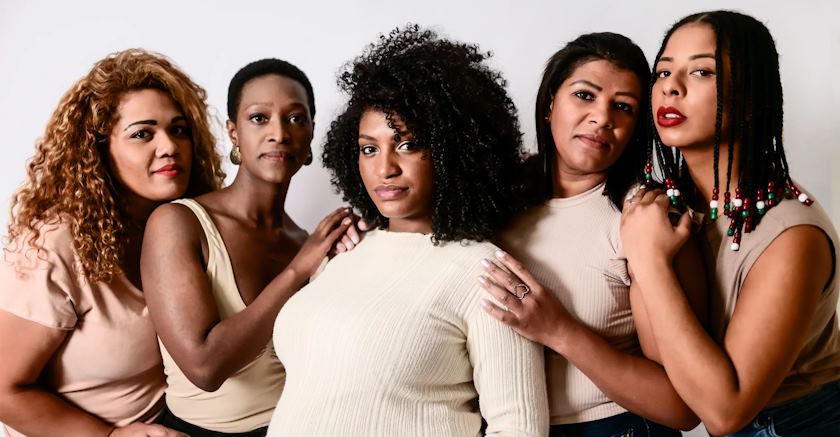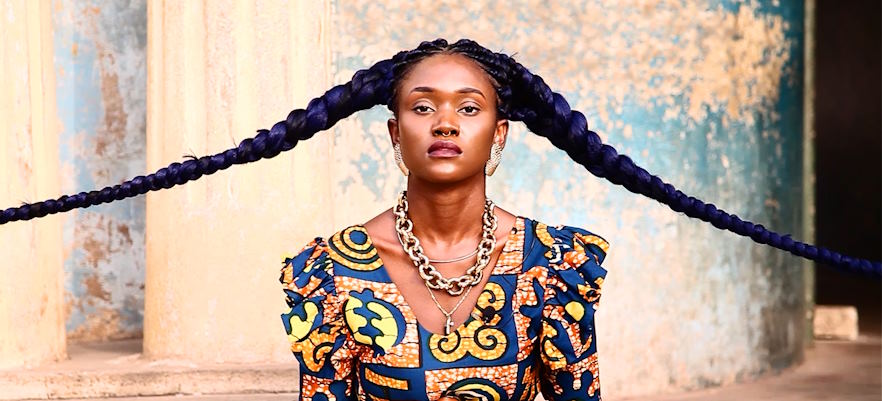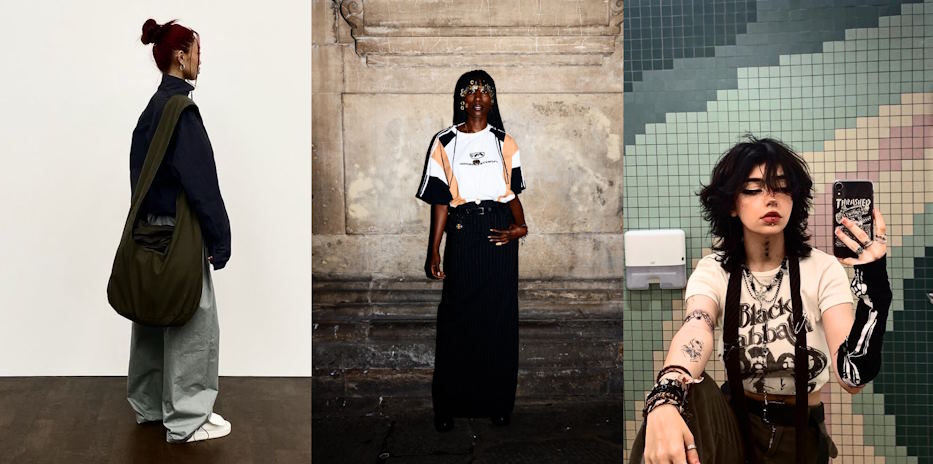Step into the realm of subcultures, and you’ll find that hairstyles are more than just fashion statements; they’re declarations of allegiance, resistance, and self-expression. Embedded within the intricate braids, razor-sharp cuts, and vibrant colors are stories of defiance, solidarity, and belonging. From the gritty streets of punk rock concerts to the bohemian enclaves of artistic communities, hairstyles serve as badges of honor, worn proudly by those who dare to challenge the status quo. Join us as we unravel the multifaceted tapestry of subculture hairstyles, exploring their evolution, significance, and enduring legacy in the annals of human history.
Understanding Subcultures
Subcultures are social groups with distinct norms, values, and practices that differentiate them from the mainstream culture. These microcosms of society often emerge as a response to societal norms, providing a sense of belonging and identity to their members. From the rebellious spirit of punks to the poetic soul of bohemians, subcultures encompass a diverse array of ideologies and aesthetics.
The Evolution of Hairstyles
Throughout history, hairstyles have evolved in tandem with societal changes, reflecting shifts in culture, politics, and technology. From the elaborate wigs of the Victorian era to the sleek bobs of the Roaring Twenties, each era has left its imprint on hairstyling trends. Today, the fusion of tradition and innovation gives rise to a myriad of hairstyles that transcend cultural boundaries.

Hairstyles and Cultural Identity
Hairstyles serve as powerful markers of cultural identity, embodying the values and traditions of a community. Whether it’s the intricate braids of African tribes or the flamboyant colors of Japanese Harajuku fashion, hairstyles convey a sense of pride and heritage. For many individuals, their hairstyle is more than just a fashion statement—it’s a testament to their roots and heritage.
Exploring Subculture Hairstyle Trends
Subcultures have long been at the forefront of hairstyling trends, pushing the boundaries of convention and redefining beauty standards. From the Mohawks of punk rockers to the dark, dramatic cuts of Goths, each subculture has its own distinctive aesthetic. Hip-hop enthusiasts embrace bold colors and intricate designs, while Emos opt for asymmetrical cuts and fringe bangs. Bohemians favor free-flowing locks adorned with flowers, while vintage aficionados channel the glamour of bygone eras.
The Impact of Hairstyles on Subcultures
Hairstyles serve as potent symbols of subculture identity, uniting individuals under a common aesthetic. They can also serve as acts of defiance, challenging mainstream norms and asserting autonomy. Moreover, subculture hairstyles often transcend their origins, influencing mainstream fashion and popular culture. What begins as a symbol of rebellion in one subculture may eventually become a global trend, illustrating the profound impact of hairstyles on society at large.

Cultural Appropriation in Hairstyles
However, the appropriation of subculture hairstyles by dominant culture can lead to erasure and exploitation. Cultural appropriation occurs when elements of one culture are adopted by members of another culture without proper acknowledgment or respect. This phenomenon is particularly prevalent in the fashion industry, where hairstyles are often co-opted without regard for their cultural significance. To combat this, it’s essential to educate oneself about the history and meaning behind different hairstyles and to celebrate cultural diversity rather than appropriating it.
Breaking Stereotypes with Hairstyles
One of the most powerful aspects of hairstyles is their ability to challenge stereotypes and redefine beauty standards. From natural hair movements celebrating Black beauty to gender-neutral hairstyles challenging traditional notions of femininity and masculinity, hairstyles have the power to empower marginalized communities and foster inclusivity. By embracing diverse hairstyles, we can create a more inclusive and accepting society where everyone feels represented and valued.

